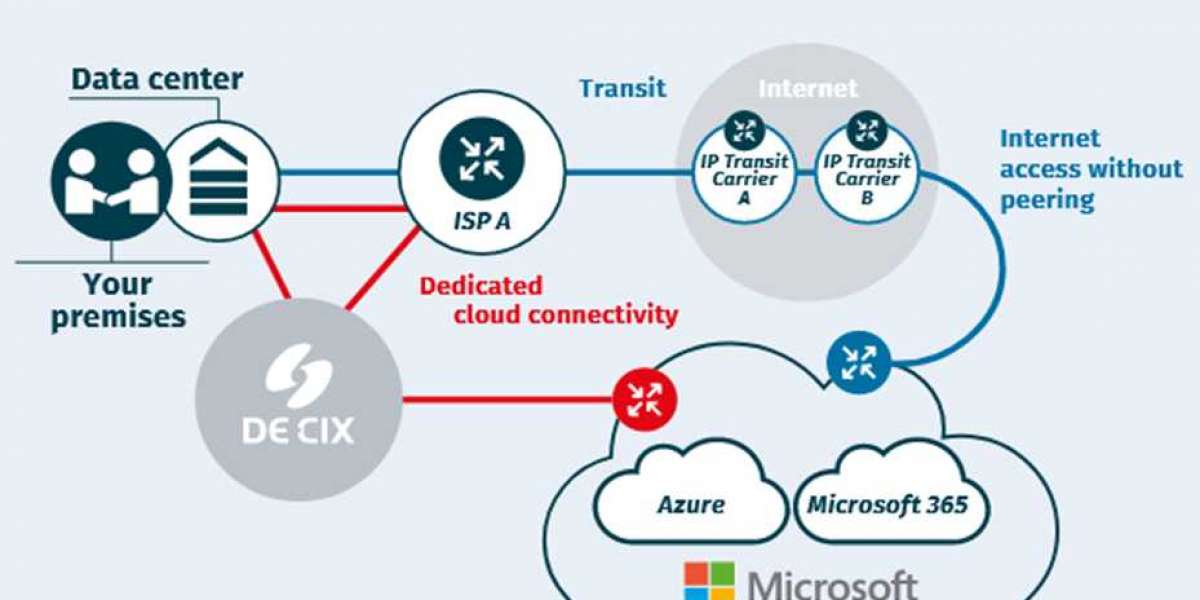Businesses are shifting more and more to cloud-based solutions like Microsoft Azure in today's digital environment. There are many benefits to this change, such as increased security, cost-effectiveness, and scalability. For best performance and user experience, however, a smooth interface between your on-premises network and Azure resources is essential. Microsoft Azure Peering is useful in this situation.
Understanding Peering
In cloud computing, peering is the term used to describe a direct network connection that is made between two businesses. Think of it as a private expressway that avoids clogged public roadways. This link is made between your on-premises network and Microsoft's Azure backbone when you use Microsoft Azure Peering. This avoids using the public internet, which is frequently a data transfer bottleneck because to traffic congestion and inconsistent performance.
The advantages of Azure Peering
There are many strong reasons you can find in the favor of using Microsoft Azure Peering. Here are some that we feel are valid.
Decreased Latency
Data moves directly between your network and Azure, avoiding the public internet and greatly lowering connection latency. For apps hosted on Azure, this means quicker application loading times, more seamless data transmission, and an all-around better user experience.
Enhanced Protection
By creating a private and secure connection, Azure Peering reduces the possibility of data breaches and unwanted access that can happen while using the public internet. For companies handling sensitive data in particular, this extra security layer is essential.
Enhanced Economic Efficiency
Using regular internet connections for frequent data transfers between your on-premises network and Azure can be very expensive. Azure Peering provides an economical alternative by minimizing reliance on bandwidth fees associated with the public internet.
What are The Different Azure Peering Types?
There are two main peering alternatives that Microsoft Azure provides:
1. Direct Peering:
By doing this, a direct link is created between your on-premises network and the global network architecture of Microsoft. It is best suited for enterprises handling massive data transfers or those with high Azure resource use, however it does require a high bandwidth connection.
2. Exchange peering:
This solution makes use of peering points that internet exchange providers currently run. For smaller businesses or those with lesser data transfer volumes, it is frequently a more accessible choice that provides an affordable means of enhancing connectivity.
What Are The Ideas for Putting Azure Peering Into Practice?
Think about the following before putting Azure Peering into practice: Make sure your on-premises network has enough capacity to handle the extra traffic that comes with direct peering. Assess your internal IT department's configuration capabilities, or think about collaborating with a managed service provider. Examine your unique resource requirements and bandwidth use to see if the cost savings from a smaller amount of data transfer offset any possible setup and maintenance costs.
Take Away
For companies looking to improve speed and optimize cloud integration, Microsoft Azure Peering offers a useful tool. Your cloud-based apps' overall success and user experience can be greatly enhanced by Azure Peering, which can also increase security and reduce latency. Assessing Azure Peering closely for your firm will require careful assessment of your network architecture, technical know-how, and cost-benefit analysis.







